It’s that time of year again, when chill winds blow autumn leaves across the yard like ghosts at play…
Or, if you’re here in L.A., it’s still sunny and 74 and might as well be any other time of year. Point is, sometimes you really have to work to make October feel spooky.
To cultivate that Halloween mood, here are thoughts on some horror-themed games you might be considering for some scarytime fun.
It: Evil Below
Based on the 2017 film It (which in turn is based on the Stephen King novel), this is a cooperative game for two to seven. Players work as a team to rescue kidnapped children and defeat the evil clown Pennywise before they run out of bravery and lose. I really enjoyed the film and was looking forward to playing this game.
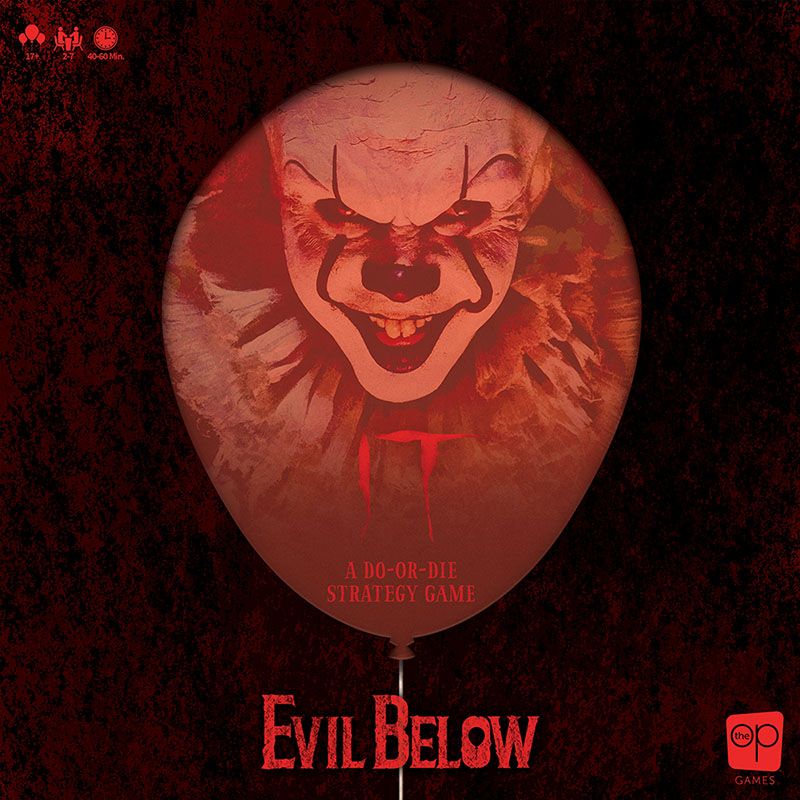
As with many cooperative games, it (It?) suffers from encouraging all the players to “round table” every decision. There is no hidden player information (all cards are kept face up, all dice rolled in the open) and there are time limits or restrictions on table talk. That means “your” turn isn’t necessarily yours—it ends up a group decision as players seek to optimize every move. This makes the game drag, as well as make it more likely for the best/loudest player to run the whole team.
It’s also super random. What you can accomplish in a given turn is entirely determined by a handful of dice. Players roll dice to determine their set of possible actions in a turn. Each die is color-coded to indicate where on the board that die can be used.
That means your ability to act on any given strategy is dictated each turn by the dice. Want to rescue those children from Town Square? Too bad, you didn’t roll the right symbol on the purple die. Think it’s time to gather more items to battle Pennywise? Sorry, not the rolls you were looking for.
The randomness of It doesn’t really allow you to come up with a coherent strategy, so turns are mostly reacting to random progress by Pennywise and random success/failure of individual player turns.
The dice highlight another problem I have with the game. It: Evil Below is an excellent example of accessibility issues in games. Color recognition plays a big part in the game. Those colored dice match up to the different locations on the board. That makes for immediate recognition of where a given die can be “spent.”
For example, the blue die corresponds to “Keene’s Pharmacy,” while the red die can be used at “The House on Neibolt Street.” (“Bev’s Apartment,” the location of the female character in the story, is color-coded pink. Pink because she’s a girl, see?)
Seems like a straight-forward way to communicate the link between the dice and the board. Except that three of the colors look functionally identical to anyone with red-green color blindness while two others look identical to someone with blue-green color issues.
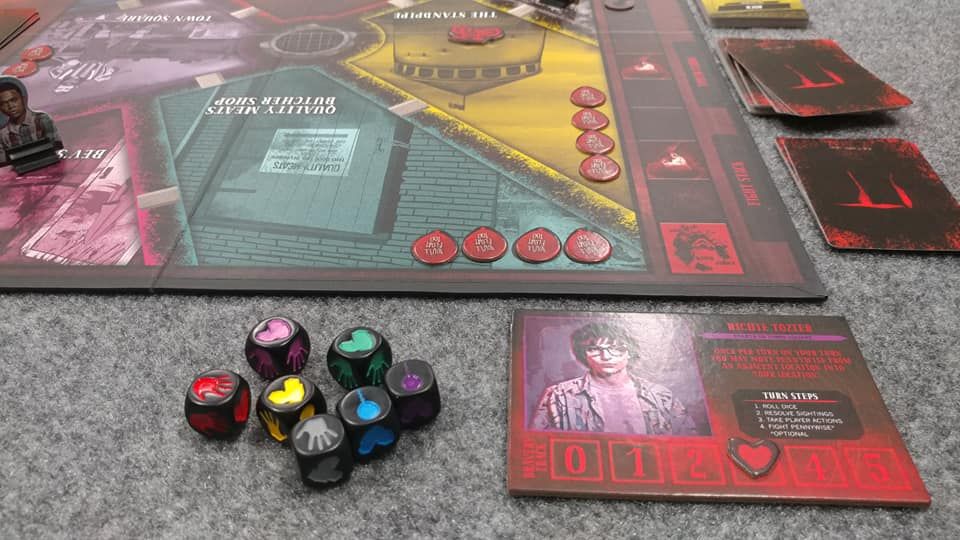
Three of the four people at our table have one or the other color issue, so we were constantly having to ask our fourth player (my son), to double-check each decision we made. That slowed the game down considerably, and made it a very frustrating experience to play.
Given how common these color perception issues are, it doesn’t take that much effort to make sure your color palette works for everyone. Adding symbols to the pieces (so identification isn’t based on color alone) is another good way to avoid the issue. As I mentioned in this previous post, mixed reality technology could also assist people with color/vision issues. It: Evil Below has none of those things going for it.
I’d watch the film again, but I don’t see this game getting a replay any time soon.
The Thing: Infection at Outpost 31
Look, there probably aren’t many people who have watched John Carpenter’s 1982 sci-fi horror classic The Thing more than me. It’s an all-time favorite. I even prototyped a card game based on the film many years ago, so I was excited to see this getting the boardgame treatment.
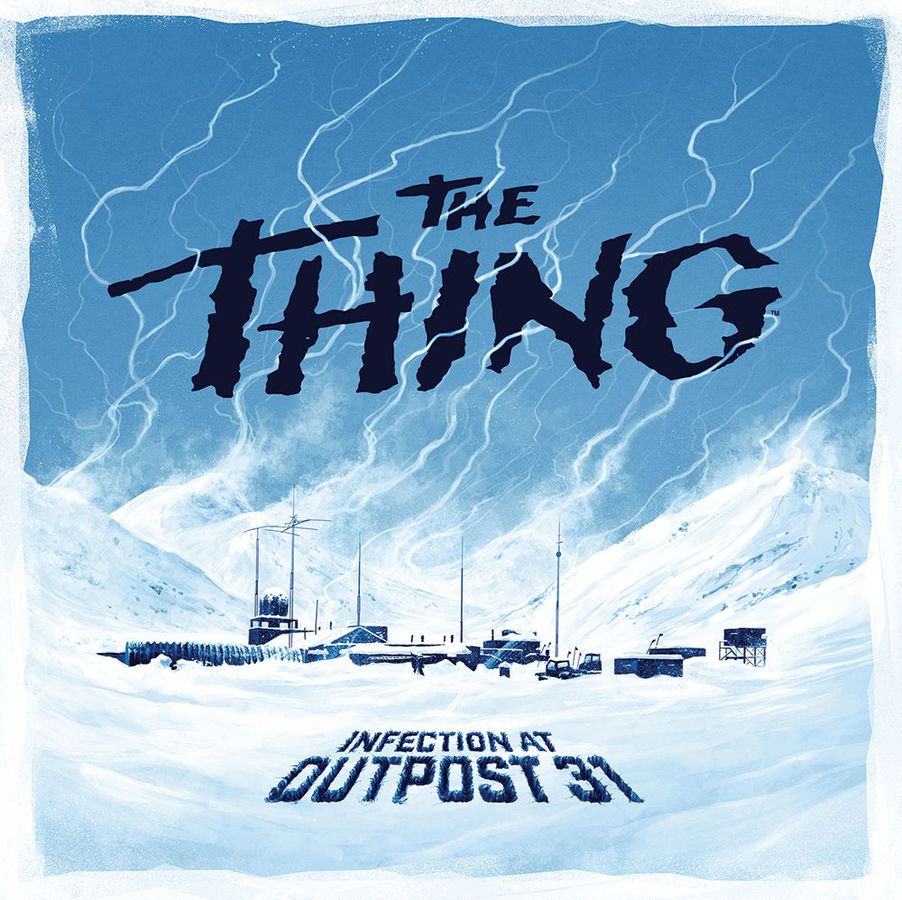
I’ll keep this short: save your money. It’s just as random as It: Evil Below, with few meaningful decisions to be made. You’re mostly hoping for lucky rolls and card draws.
There’s a game to be made out the pieces in the box, but the rules need a complete rewrite. Keep bugging me and maybe I’ll get around to typing up my revised rules.
At this point you’re probably asking “Are there any games this guy likes?!?” Read on!
Fury of Dracula
Based on the Bram Stoker novel, Fury of Dracula is a team game that pits one player (Dracula!) against one to four other players.
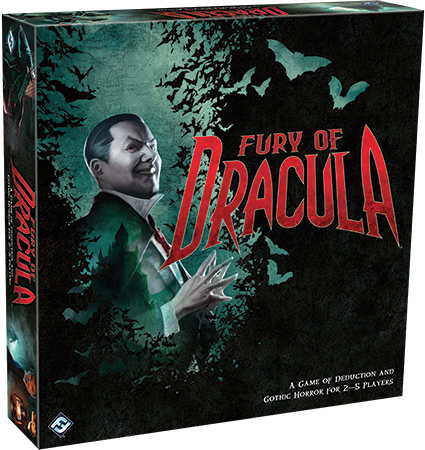
The neat thing about this game is the hidden movement. The human players move on the map of Europe, trying to uncover and destroy Dracula’s minions as they search for the Big Bad himself. Dracula’s location is hidden—until he gets revealed, you can’t see him…but he can see you.
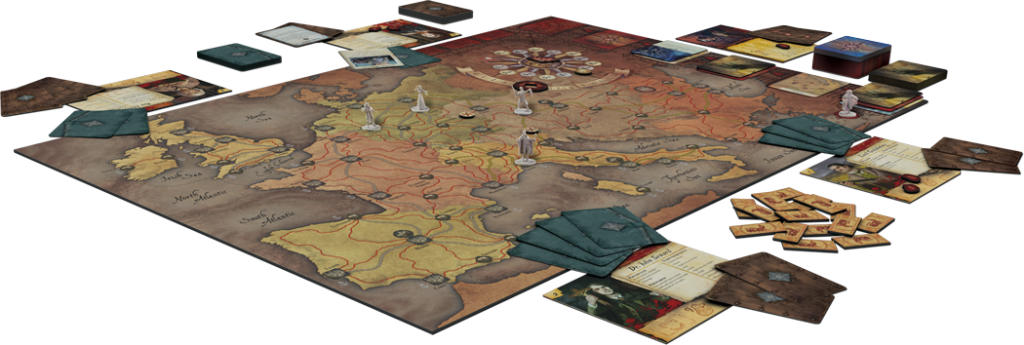
Dracula is both hunted and hunter in this, making for some good moments of tension. Be warned: Fury of Dracula is cool and thematic, but it’s a long game—easily two or more hours depending on Dracula’s luck and skill.
Letters from Whitechapel
Using a similar hidden movement mechanic to Fury of Dracula, Letters from Whitechapel has one to five detectives chasing through the Whitechapel district of London after one player—Jack the Ripper.
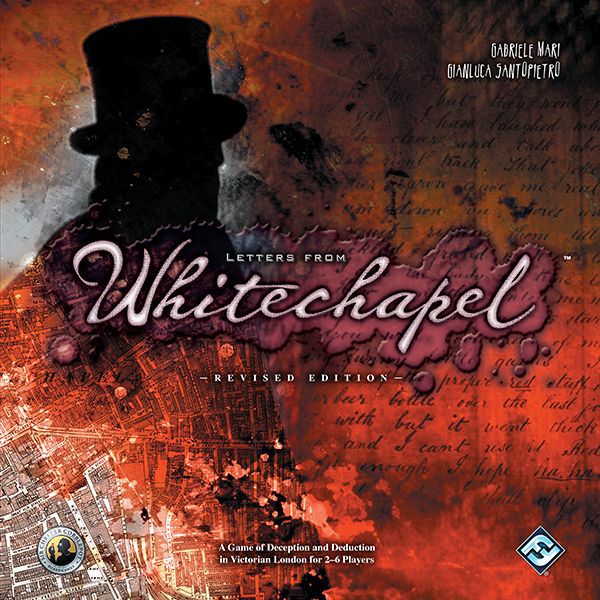
Played out over four “nights” (corresponding to the Ripper’s historical reign of terror), the detectives use deductive reasoning to track down Jack before he can claim his victims are escape to his hidden lair.
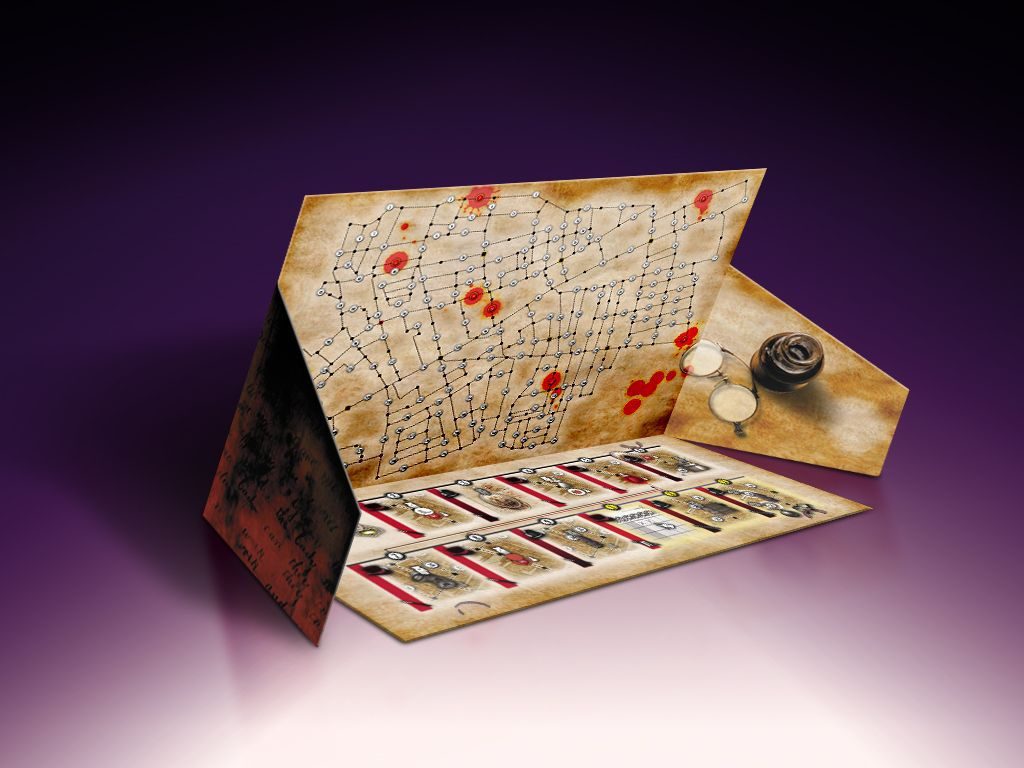
While not as thematic as Fury, this one is easier to teach and play, and is also playable in under two hours.
Last Night on Earth
Zombies. At last. Last Night on Earth is a tongue-in-cheek game based on B-grade zombie flicks. Two to six people play as either humans or zombies in a variety of scenarios that change up the objectives of the game each time you play.
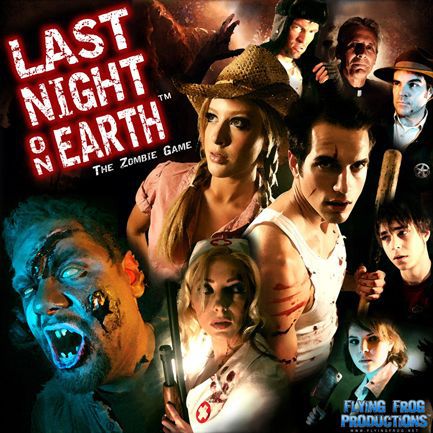
For example, in one scenario, the humans must search the town for gasoline and the keys to a truck to enable them to escape. In another, the humans must fortify a house and attempt to survive until sunrise. (The zombie players are mostly trying to eat the humans—it’s best to keep it simple for the recently deceased.)
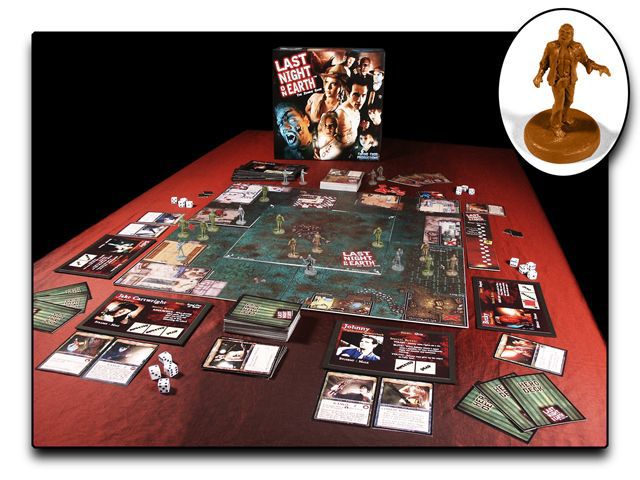
Given all the random elements—rolling dice to move, rolling dice to fight, drawing cards to search for game-winning items, etc—luck can swing this game to one team or the other pretty quickly. It can make for the occasional anticlimactic or frustrating game, but it’s usually around an hour of goofy, zombie-fighting fun.
Mall of Horror
Unlike Last Night on Earth, this is basically Survivor: Zombie Island. In the same way a reality TV competition is “cooperative,” this Mall of Horror involves a lot of negotiating as you try to make sure your characters long enough to make it on the helicopter at the end of the game.
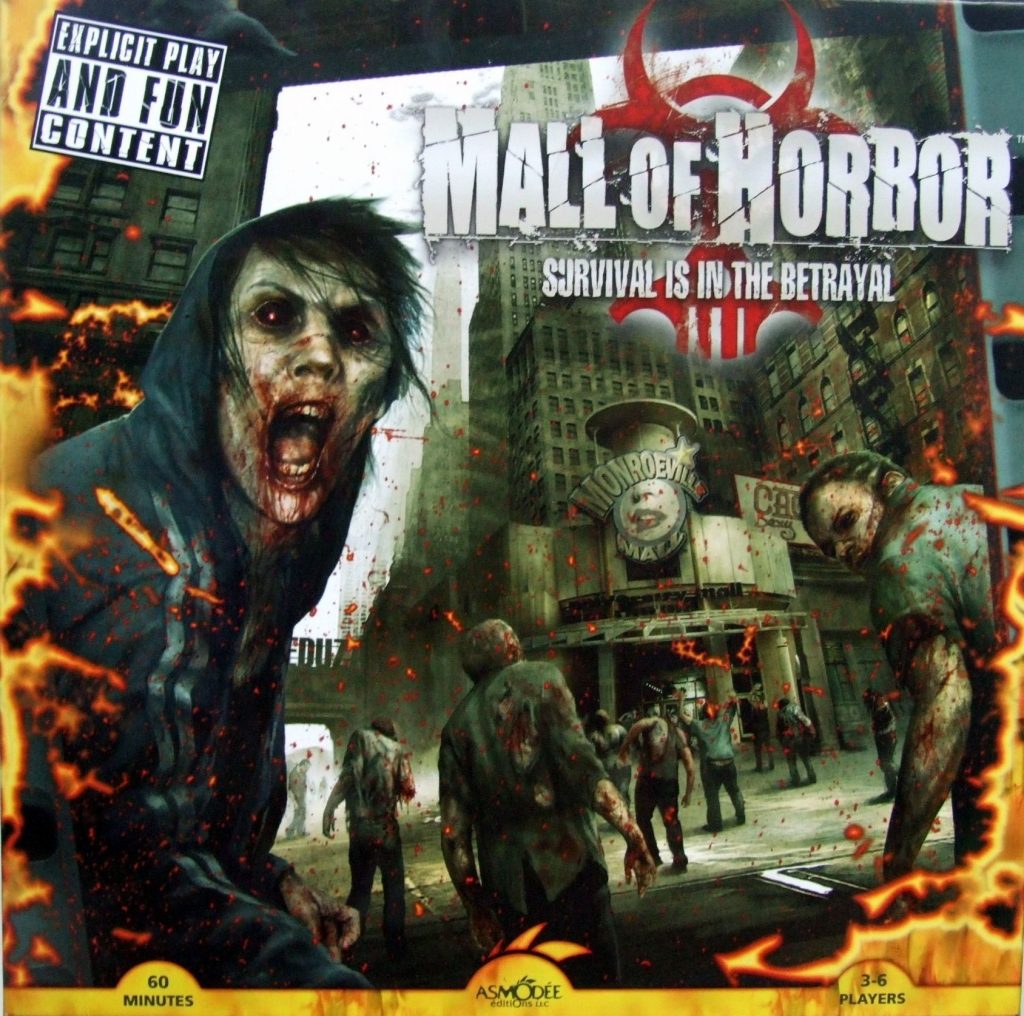
As more and more zombies appear in the mall, the players have fewer and fewer places to hide. When the zombies break in, players vote on who gets tossed to the mindless horde and devoured.
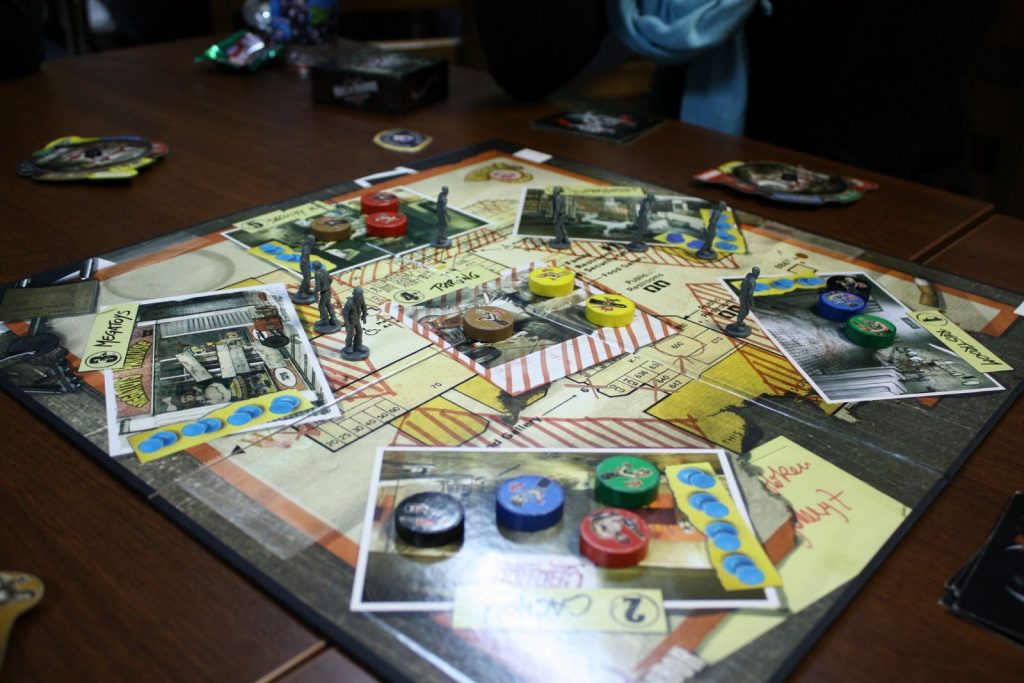
This plays out in under an hour. Try not to take it personally.
Ten Candles
Ten Candles is a roleplaying game of tragic horror. Similar to Dungeons & Dragons, one person facilitates play as the gamemaster for two to five players. Each player creates a character as their alter ego for the game, trying to survive the terrifying scenario as it unfolds.
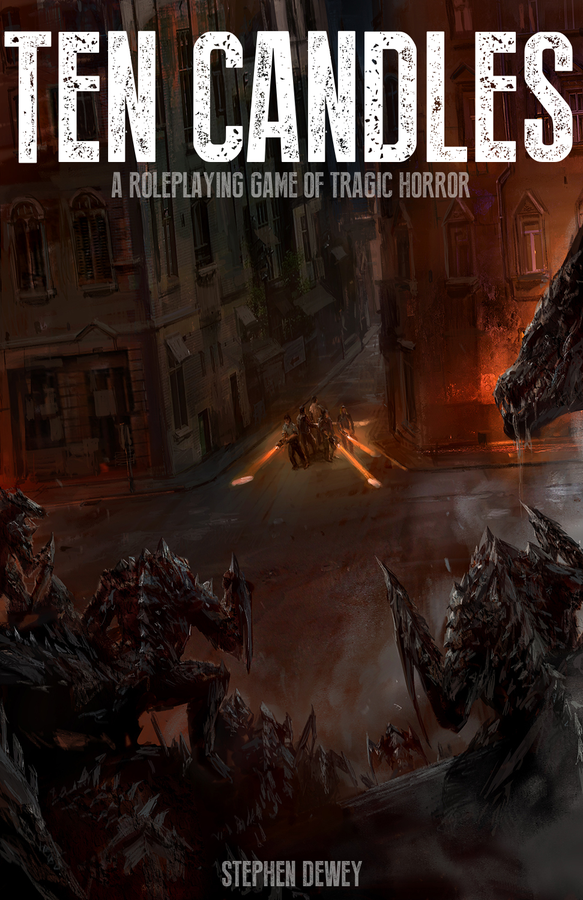
This two- to three-hour experience is all about atmosphere: it’s to be played in a quiet, dark room, lit only by the titular ten candles. As the game progresses, the candles—and the players’ hopes for survival—are extinguished one by one.
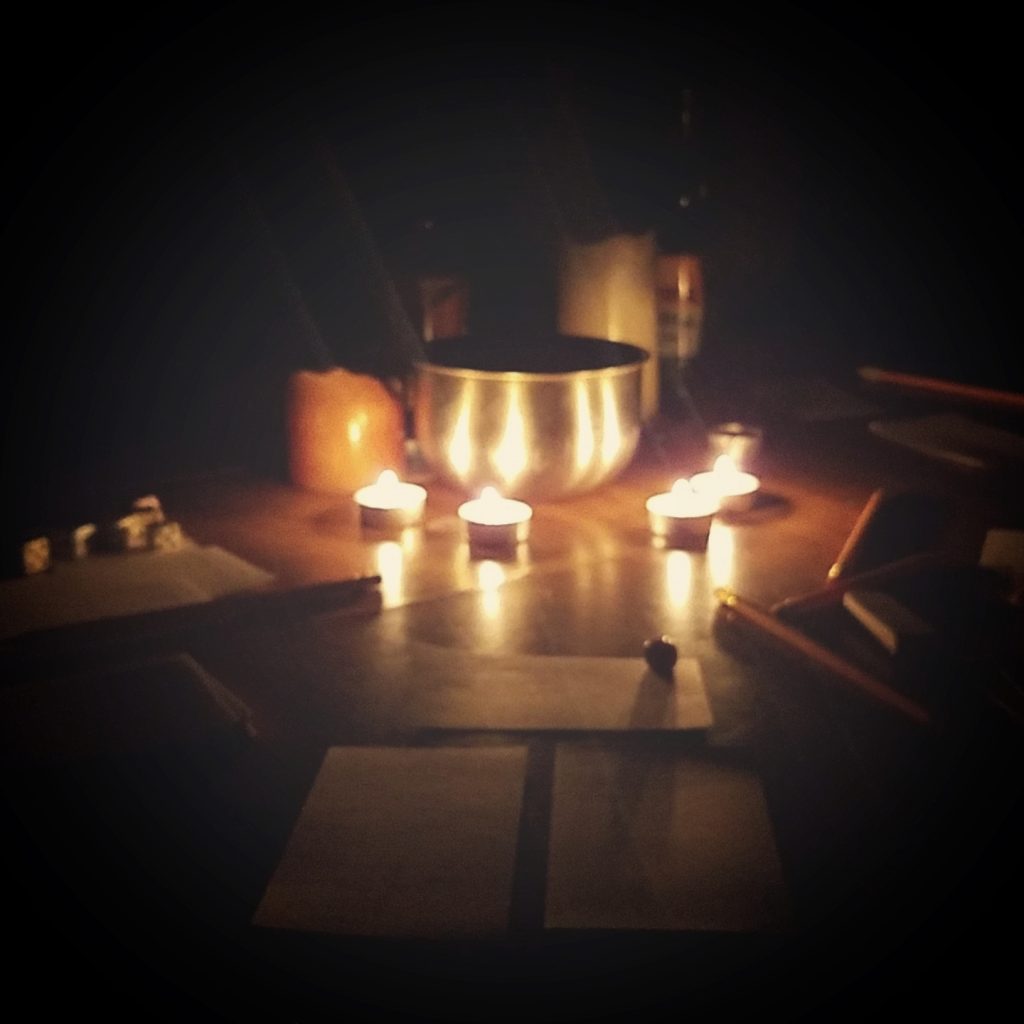
While the circumstances and storyline change from game to game (e.g. is it aliens from another world or supernatural horrors that bring our doom this time?), the game always ends with the tragic deaths of the characters and the extinguishing of the last candle, leaving everyone in the dark.
Unlike pretty much every other roleplaying game, Ten Candles isn’t about “winning,” it’s about struggling to maintain hope while being pushed to the edge of madness. This is a game that can easily be ruined by distractions or lame attempts to lighten the mood.
Play this one only with good friends who all buy into the experience and don’t mind things getting dark, figuratively and literally.
Call of Cthulhu
This granddaddy of horror roleplaying games is based on the stories by H.P. Lovecraft. Set in the 1920s, players take the roles of characters investigating supernatural shenanigans.
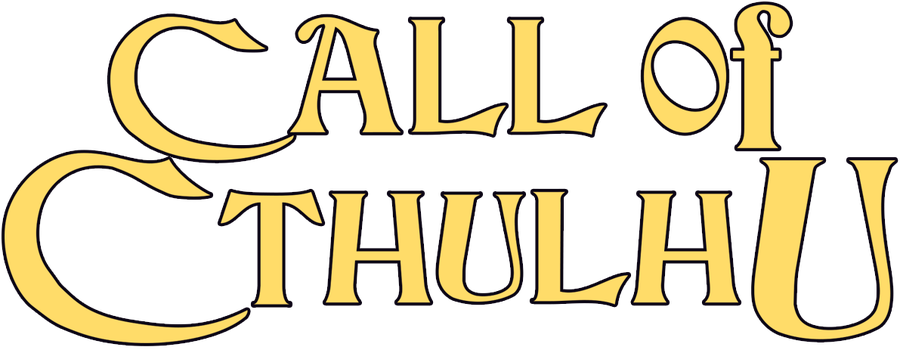
Unlike Ten Candles, Call of Cthulhu doesn’t always end in doom. Well, not always. Any game where a key component is tracking your character’s sanity doesn’t often have a happy ending.
I’ve been the gamemaster of a Call of Cthulhu campaign off and on for a few years now. We’re in the process of wrapping up a long series of sessions based on Lovecraft’s novel At the Mountains of Madness, complete with prop photographs, journals, and an authentic National Geographic map of Antarctica from the era.
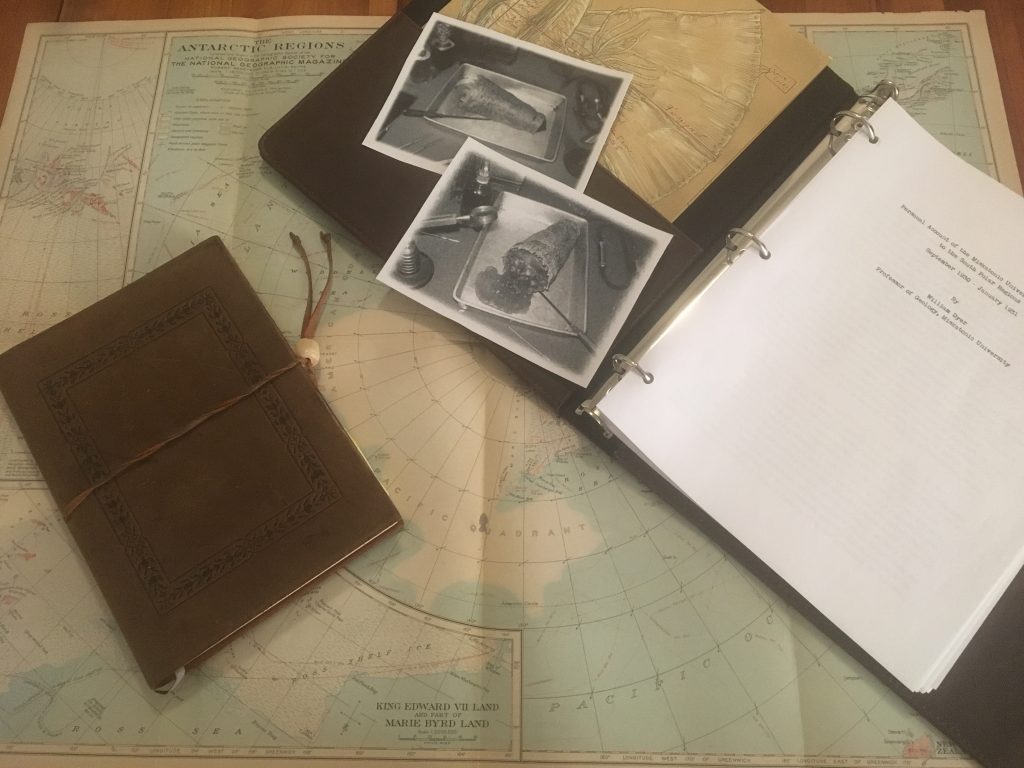
Go Away Monster!
If you’re playing with very young children—or just feeling spooked from all these scary games yourself—it’s time to break out Go Away Monster! Players draw shapes from a bag, searching for pieces to go in their bedroom: lamp, bed, cuddly, etc.
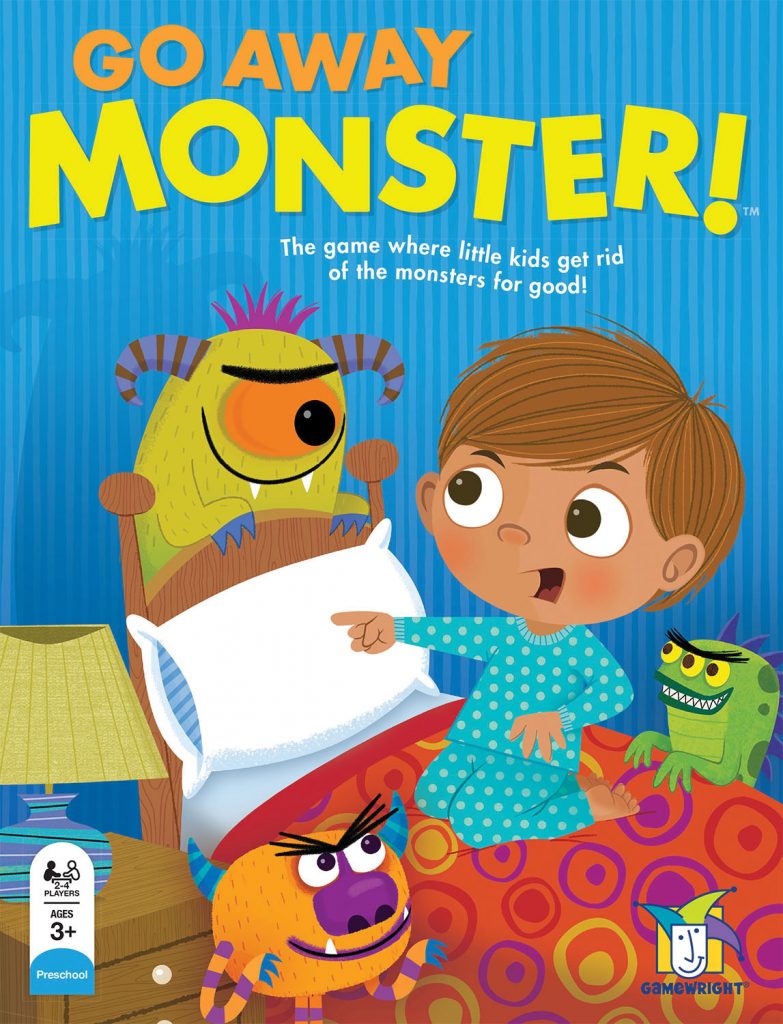
When a player draws a monster piece they say “Go away, monster!” and tosses the monster in the discard pile. It’s a simple game of shape recognition, taking turns, and empowering children to tell thoughts of bad monsters to go away.
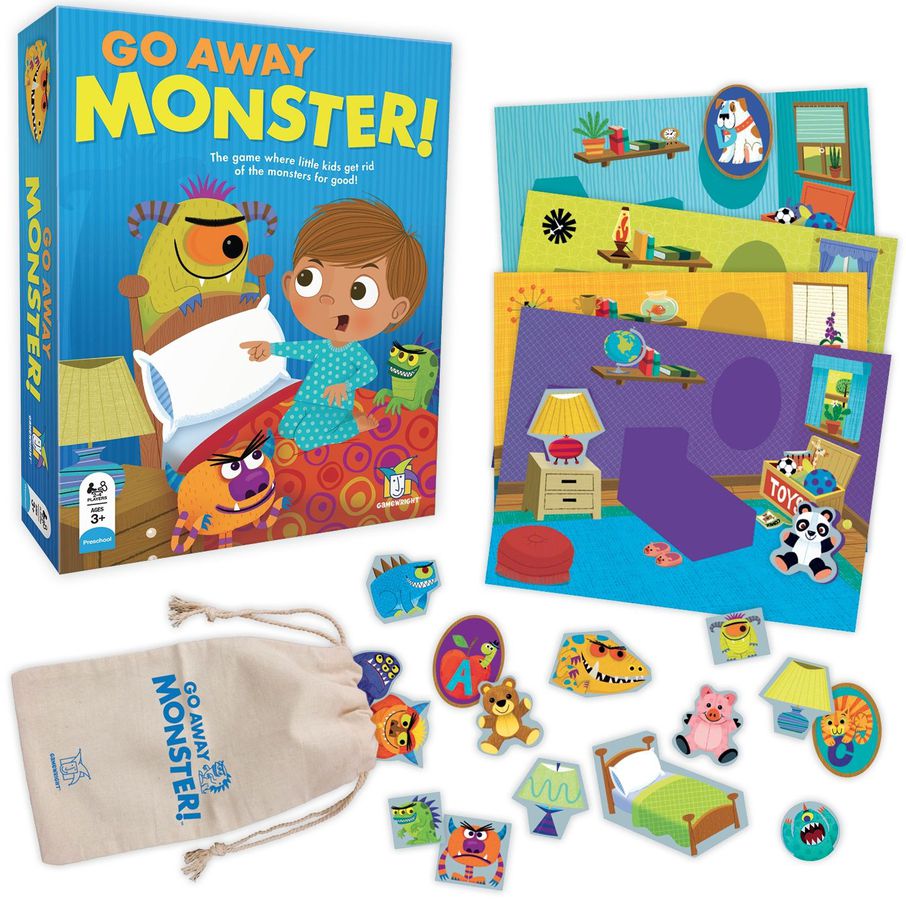
What are your favorite spooky games? Connect with me on Twitter and share your thoughts!
Stay in touch with my newsletter. No more than once a week, no spam.
If you like what you read, please share it with others via the links below.